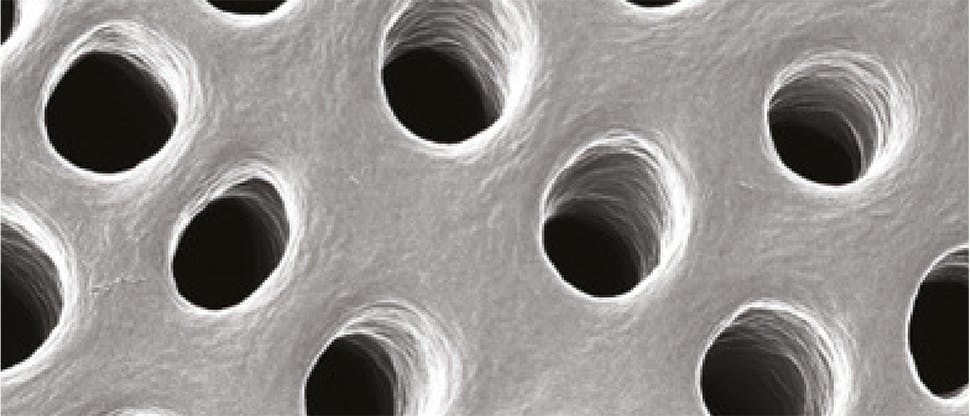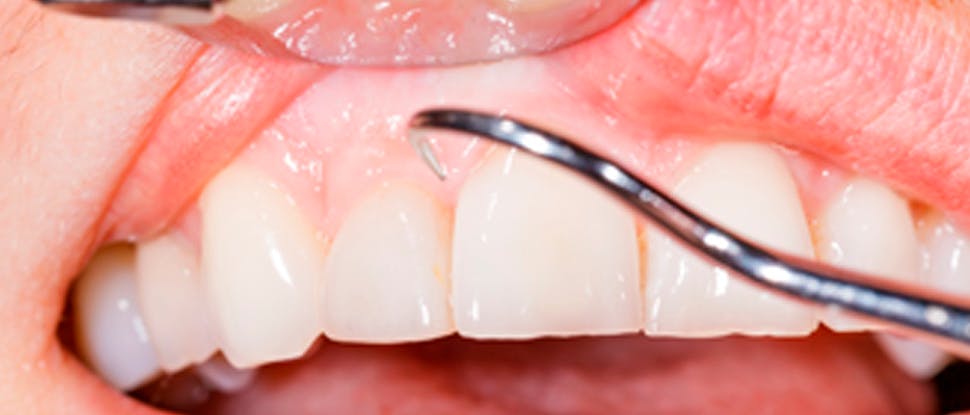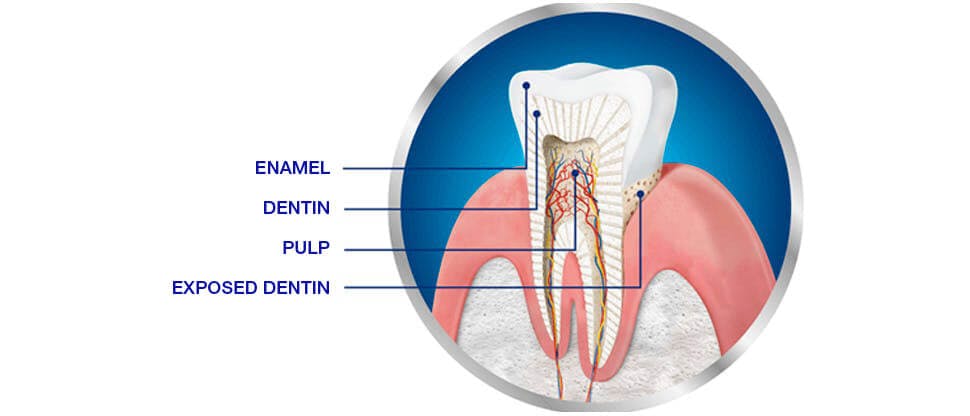Sensitivity: Causes and Mechanisms

What Causes Dentin Hypersensitivity?
Dentin hypersensitivity is a common dental problem that can develop over time. Here we take a closer look at the aetiology of dentin hypersensitivity and most widely accepted theory of how it arises.
The Hydrodynamic Theory Of Dentin Hypersensitivity
Brännström’s hydrodynamic theory is currently the most commonly accepted theory of how dentin hypersensitivity arises:1,2
- Dentin hypersensitivity arises when tubules found within dentin become exposed, most commonly caused by gingival recession or enamel wear.1
- Once exposed, these tubules may come into contact with stimuli such as hot, cold and sweet foods and drinks, which can induce the movement of fluid within the tubules.1
- Such movement can trigger nerves in the pulp, which may induce a short, sharp pain.1



